The Lucanian Dolomites are the mountain range in the heart of Basilicata that characterises the landscape with spectacular peaks and silhouettes that have inspired imaginative names such as the golden eagle, the anvil, the great mother and the owl.
They are located in the municipalities of Pietrapertosa and Castelmezzano, a place with a particularly fascinating landscape, with the two villages situated near peaks facing each other. It is precisely this particular location that allows for an incredible flight across the space separating the two villages, the Flight of the Angel.

Lucanian Dolomites
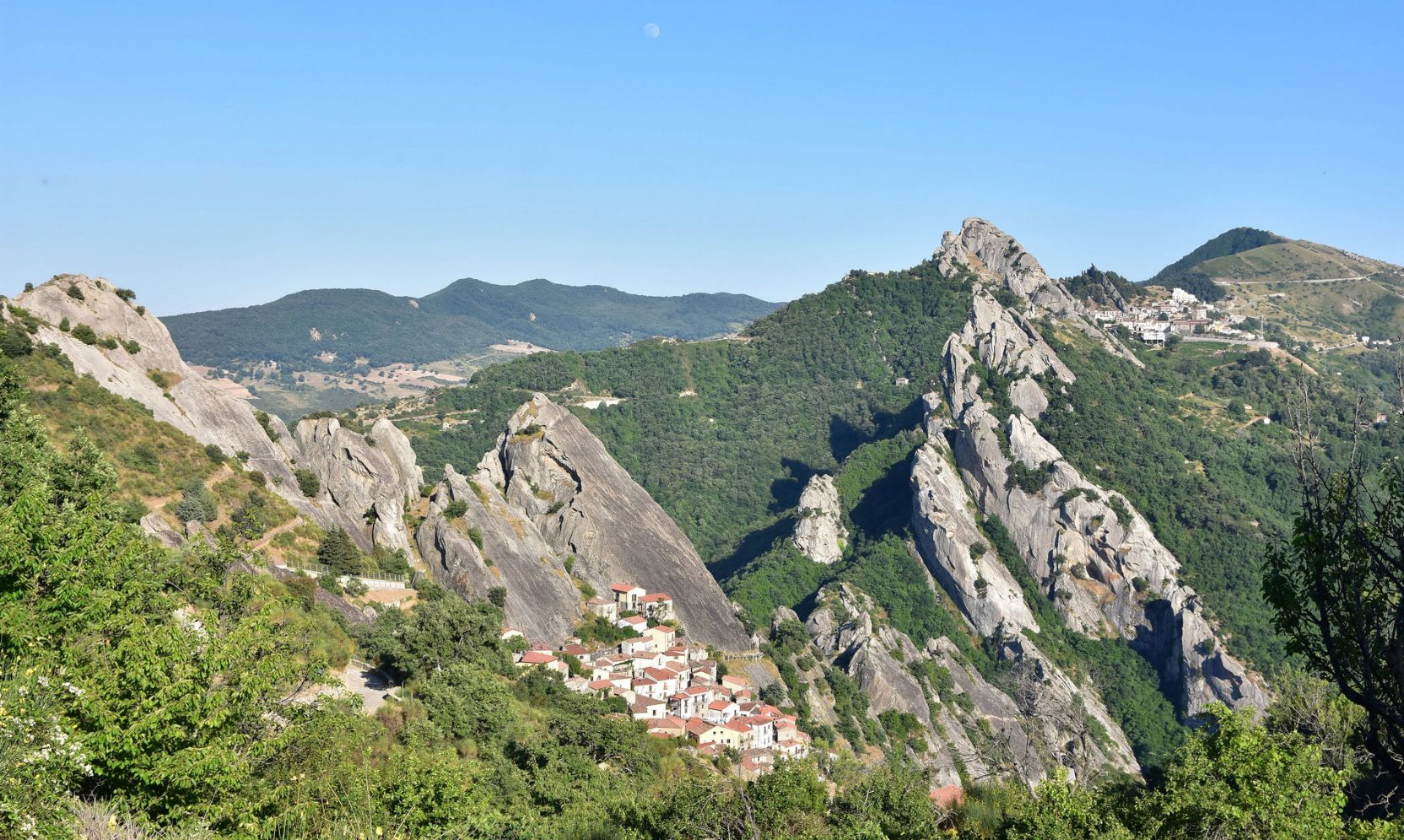
The picturesque Lucanian Dolomites are part of the ‘Natura 2000 Basilicata’ project, the European Union's main policy instrument for biodiversity conservation. It is an ecological network established under the ‘Habitat’ Directive 92/43/EEC to ensure the long-term conservation of natural habitats and rare or threatened species of flora and fauna at Community level.
The Natura 2000 network consists of Special Areas of Conservation (SACs) established by Member States in accordance with the Habitats Directive, and also includes Special Protection Areas (SPAs) established under Directive 2009/147/EEC “Birds”. Across the European Union, the Natura 2000 network comprises over 25,000 sites for the conservation of biodiversity.
There are 94 special protection areas in Europe, 28 of which are in Basilicata and 2 of which belong to the municipality of Pietrapertosa: the Lucanian Dolomites and the Montepiano Forest, with its majestic columnar oaks.
Geomorphologically, they were formed during the Middle Miocene period about 15 million years ago, when the sandstones that now make up the rocks were formed at the bottom of the sea.
The highest mountain range is the Costa di S. Martino, known as the Piccole Dolomiti (Little Dolomites) because it resembles the famous Pule Trentine. Equally important are the peaks of the Murge di Castelmezzano and the spires of Monte Carrozze.
In the most inaccessible ravines, splendid birds nest, such as the black stork, which nests every year between February and March, the red kite, kestrel and peregrine falcon.
As for the flora, although the peaks do not have rich vegetation, it is possible to admire interesting species of plants such as red valerian, annual honesty, and Lucanian onosma.
In Pietrapertosa, the imposing, jagged peaks embrace the soft shapes of Mount Caperrino, on whose slopes flows the Rio stream, a tributary of the Basento that has carved out a deep gorge dividing the Murge to the north from the Costa di S. Martino to the south.
The Natura 2000 network consists of Special Areas of Conservation (SACs) established by Member States in accordance with the Habitats Directive, and also includes Special Protection Areas (SPAs) established under Directive 2009/147/EEC “Birds”. Across the European Union, the Natura 2000 network comprises over 25,000 sites for the conservation of biodiversity.
There are 94 special protection areas in Europe, 28 of which are in Basilicata and 2 of which belong to the municipality of Pietrapertosa: the Lucanian Dolomites and the Montepiano Forest, with its majestic columnar oaks.
Geomorphologically, they were formed during the Middle Miocene period about 15 million years ago, when the sandstones that now make up the rocks were formed at the bottom of the sea.
The highest mountain range is the Costa di S. Martino, known as the Piccole Dolomiti (Little Dolomites) because it resembles the famous Pule Trentine. Equally important are the peaks of the Murge di Castelmezzano and the spires of Monte Carrozze.
In the most inaccessible ravines, splendid birds nest, such as the black stork, which nests every year between February and March, the red kite, kestrel and peregrine falcon.
As for the flora, although the peaks do not have rich vegetation, it is possible to admire interesting species of plants such as red valerian, annual honesty, and Lucanian onosma.
In Pietrapertosa, the imposing, jagged peaks embrace the soft shapes of Mount Caperrino, on whose slopes flows the Rio stream, a tributary of the Basento that has carved out a deep gorge dividing the Murge to the north from the Costa di S. Martino to the south.
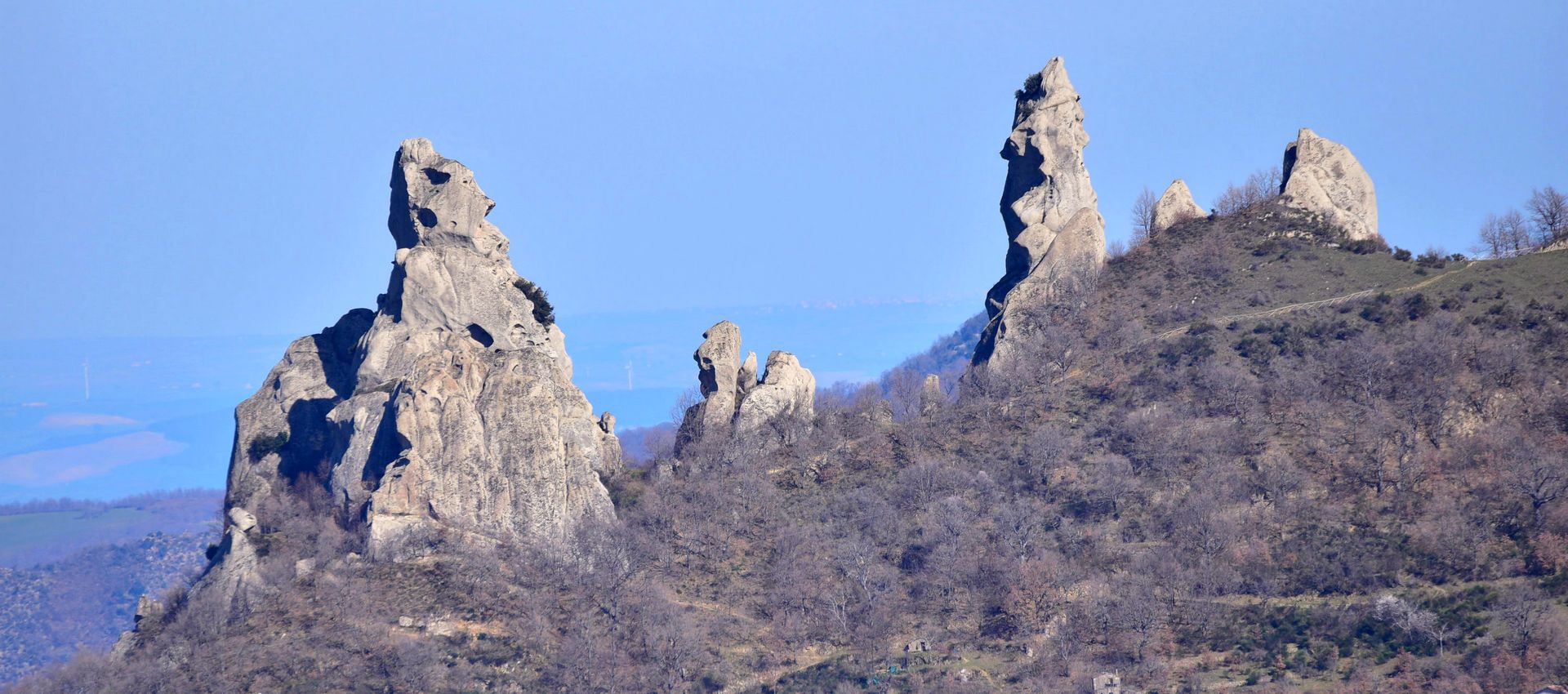
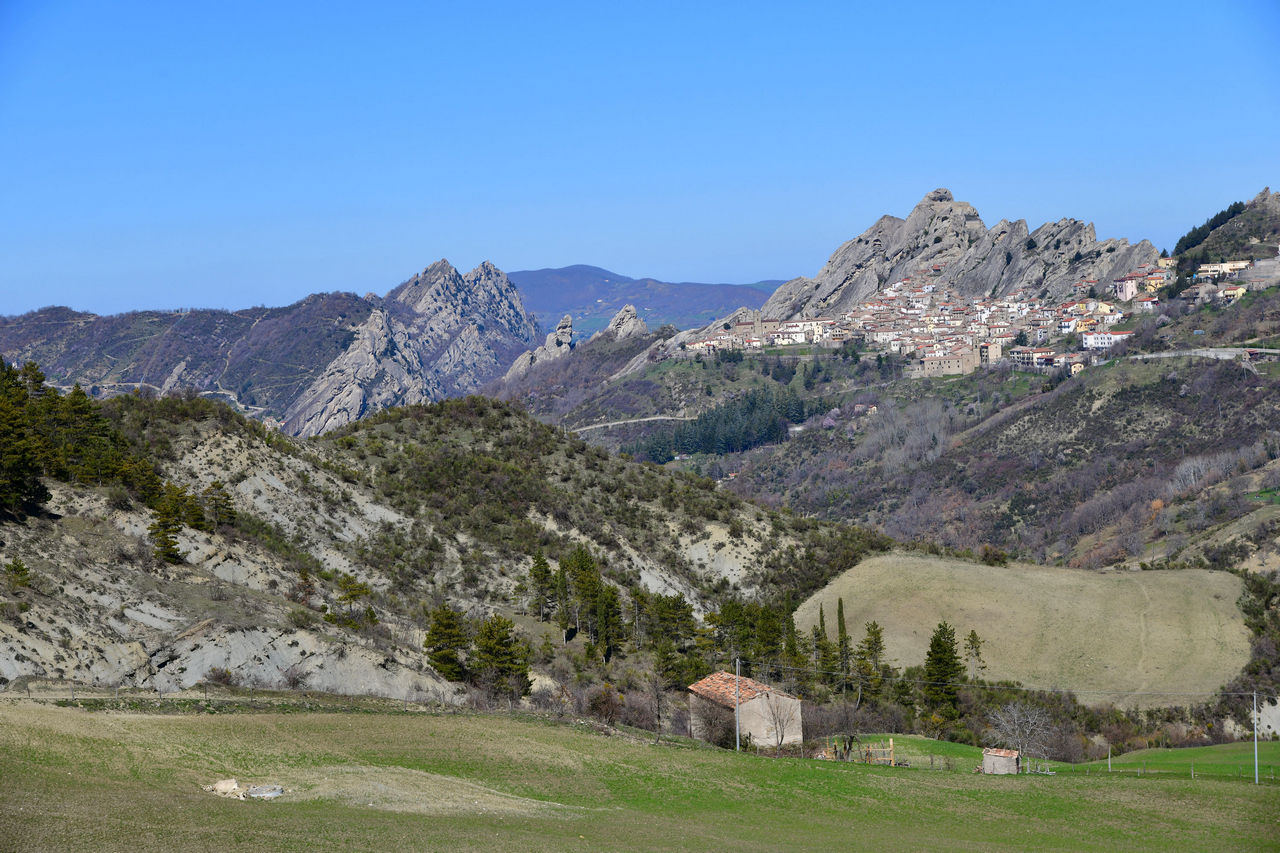
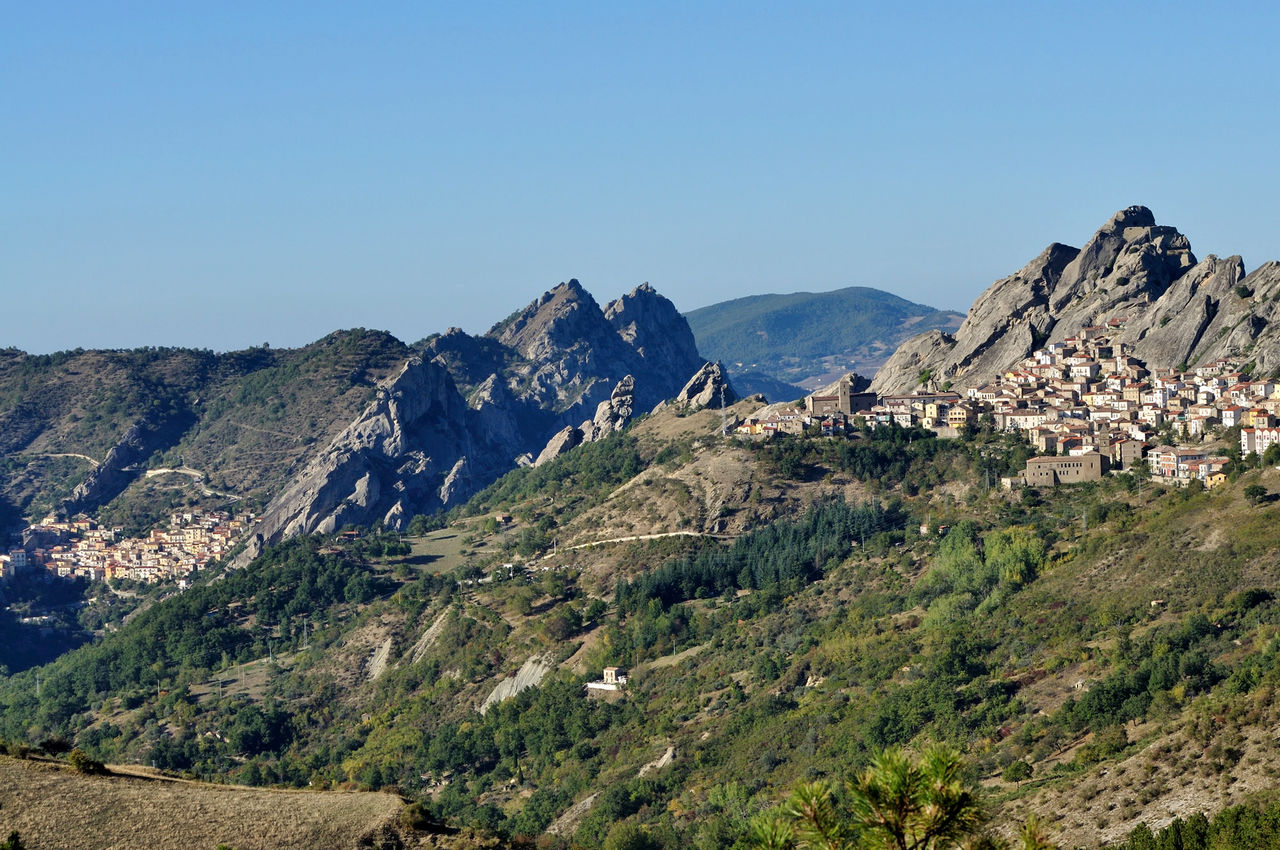
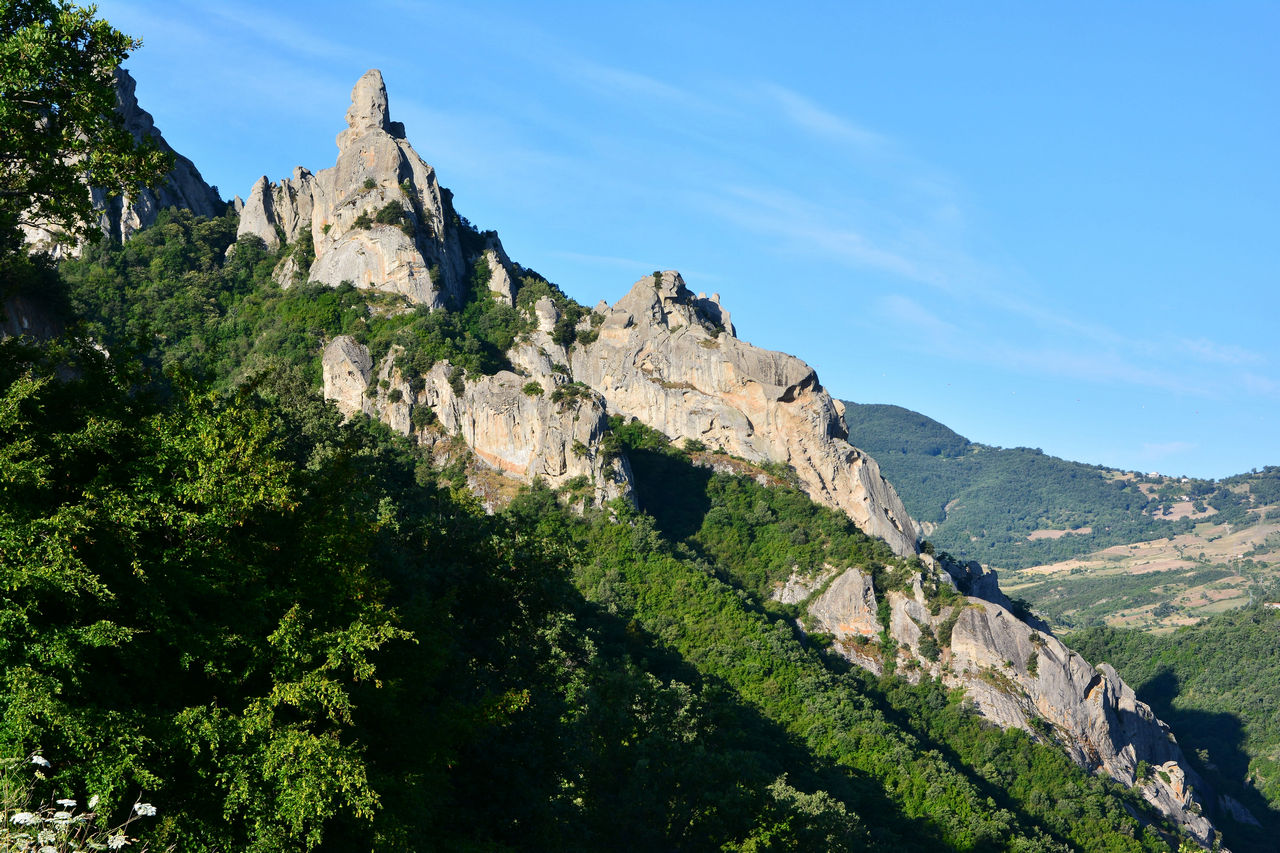
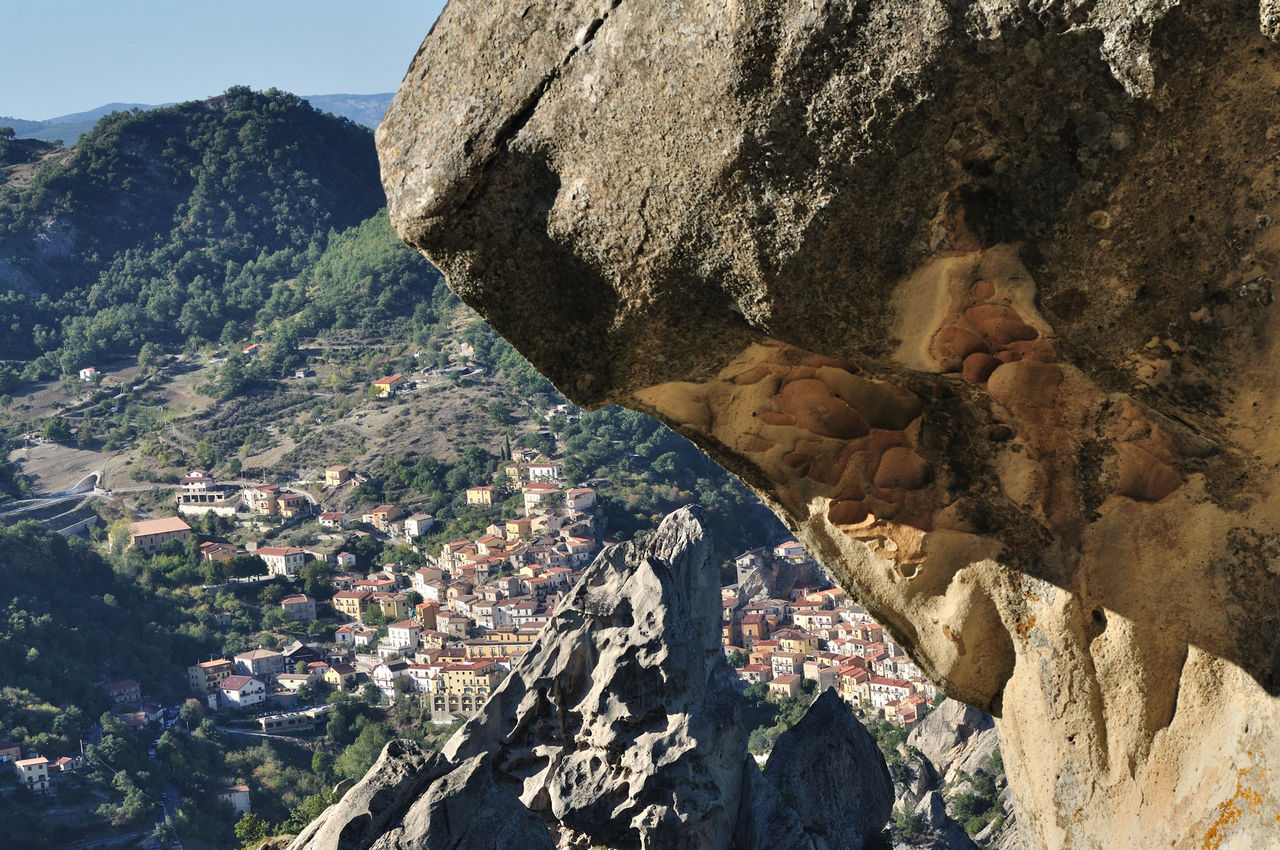
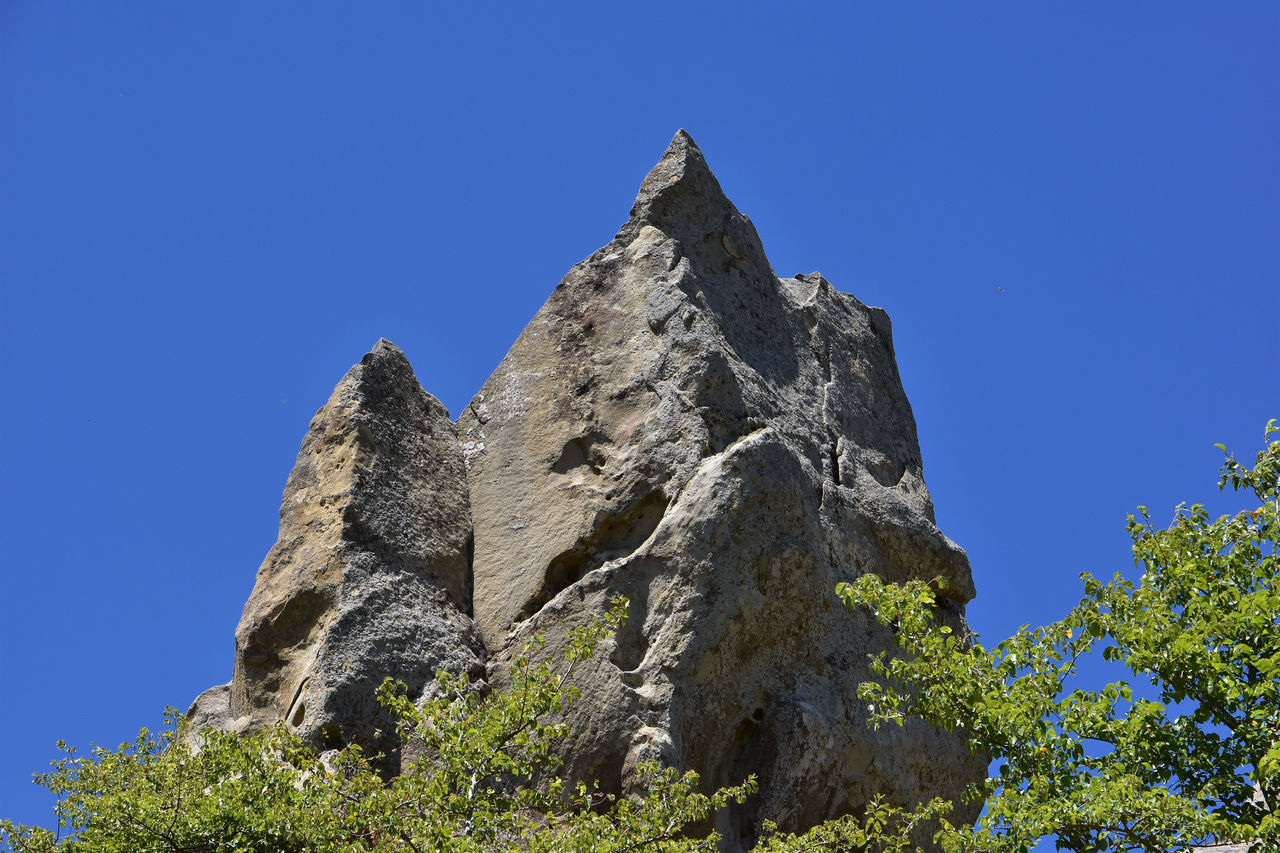
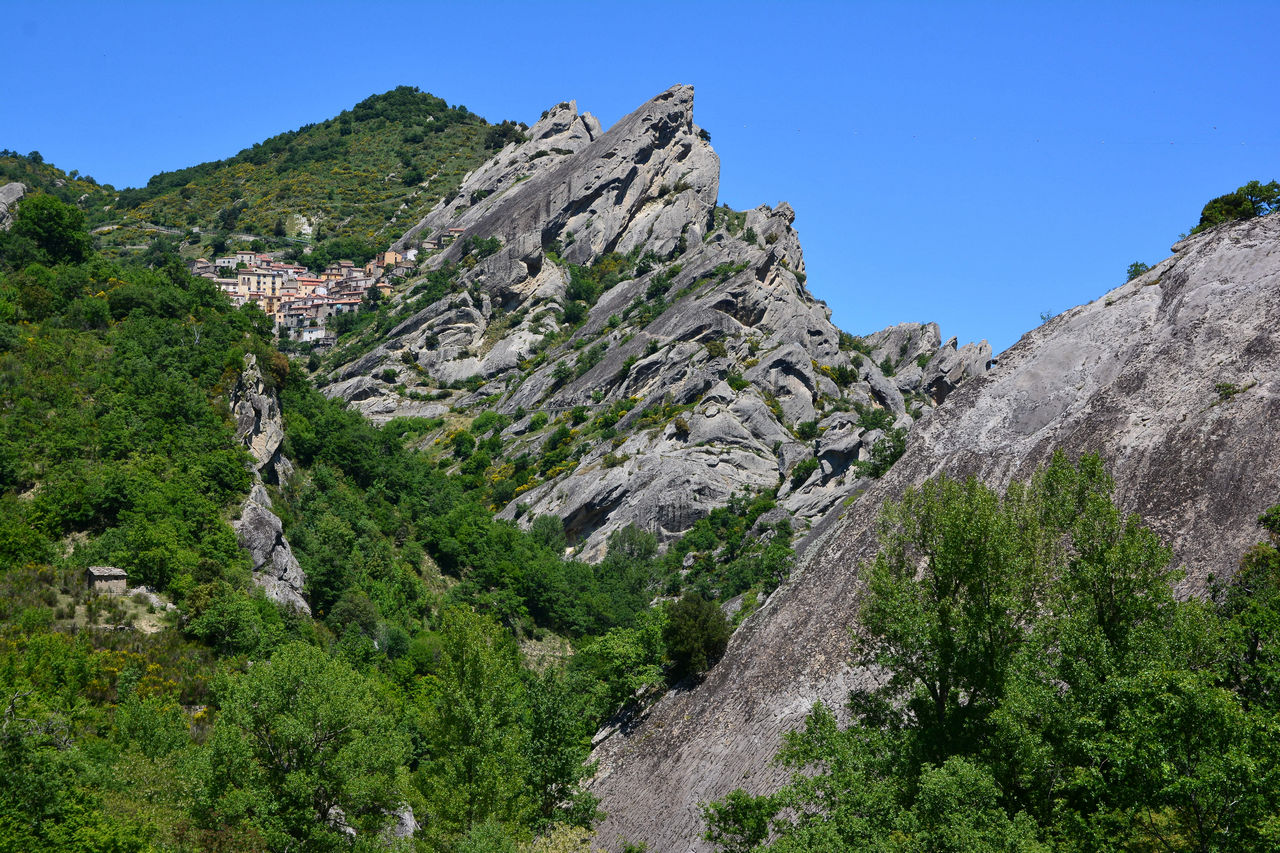
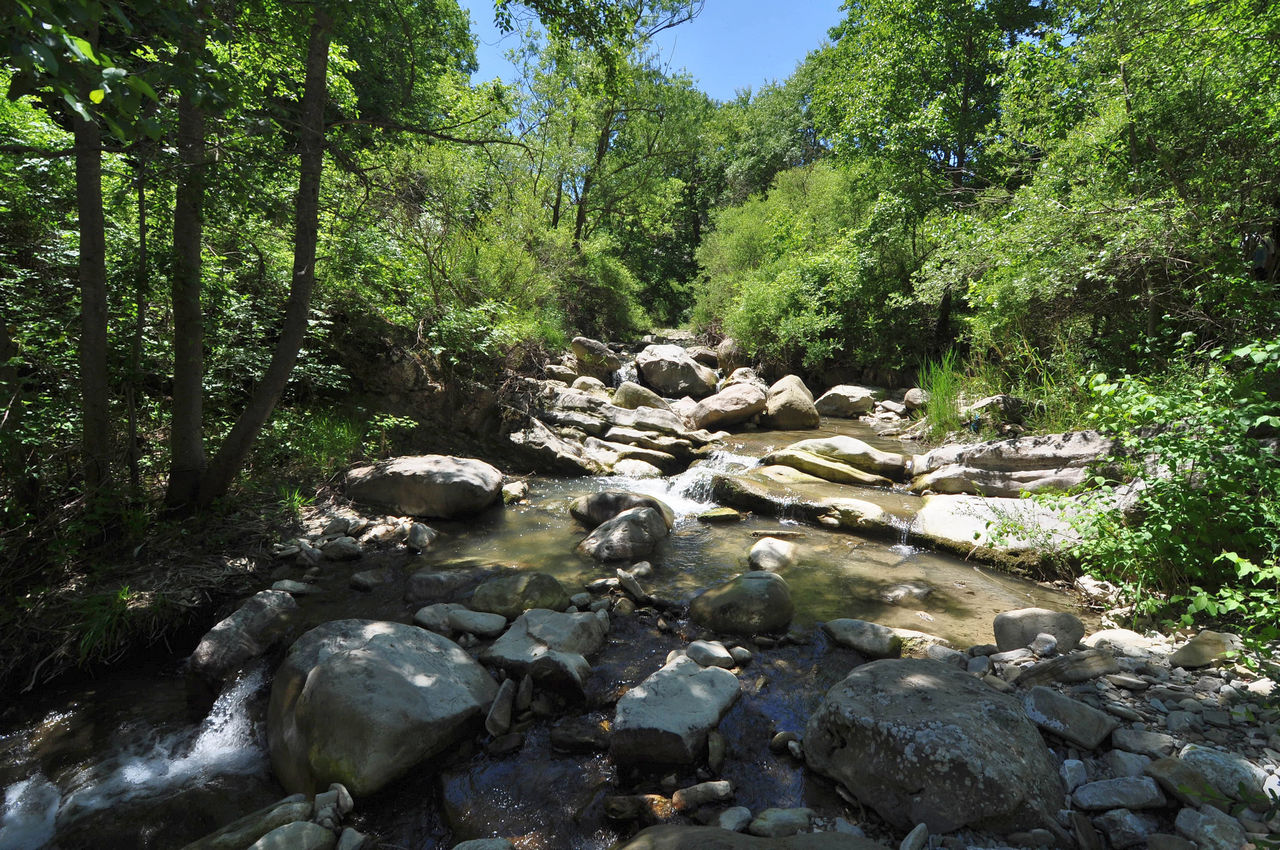
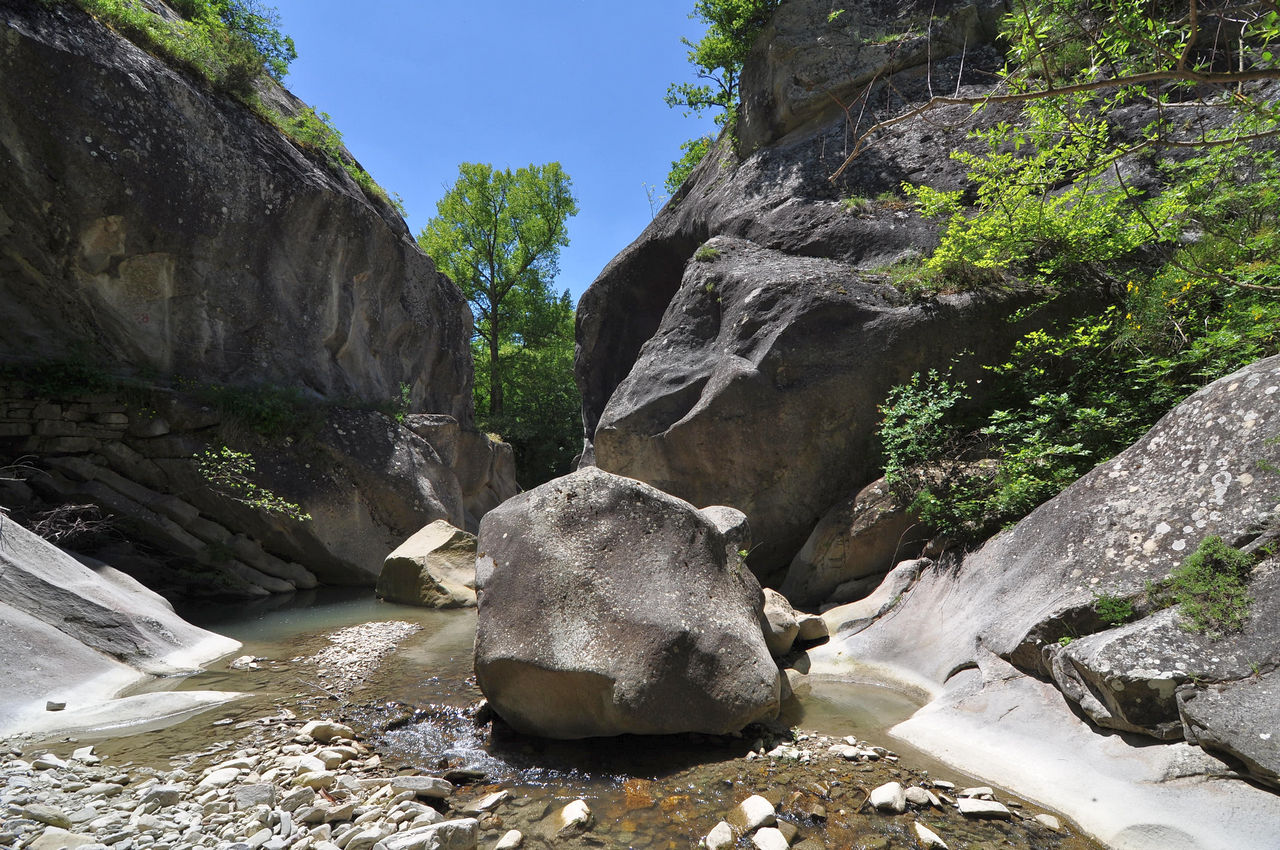
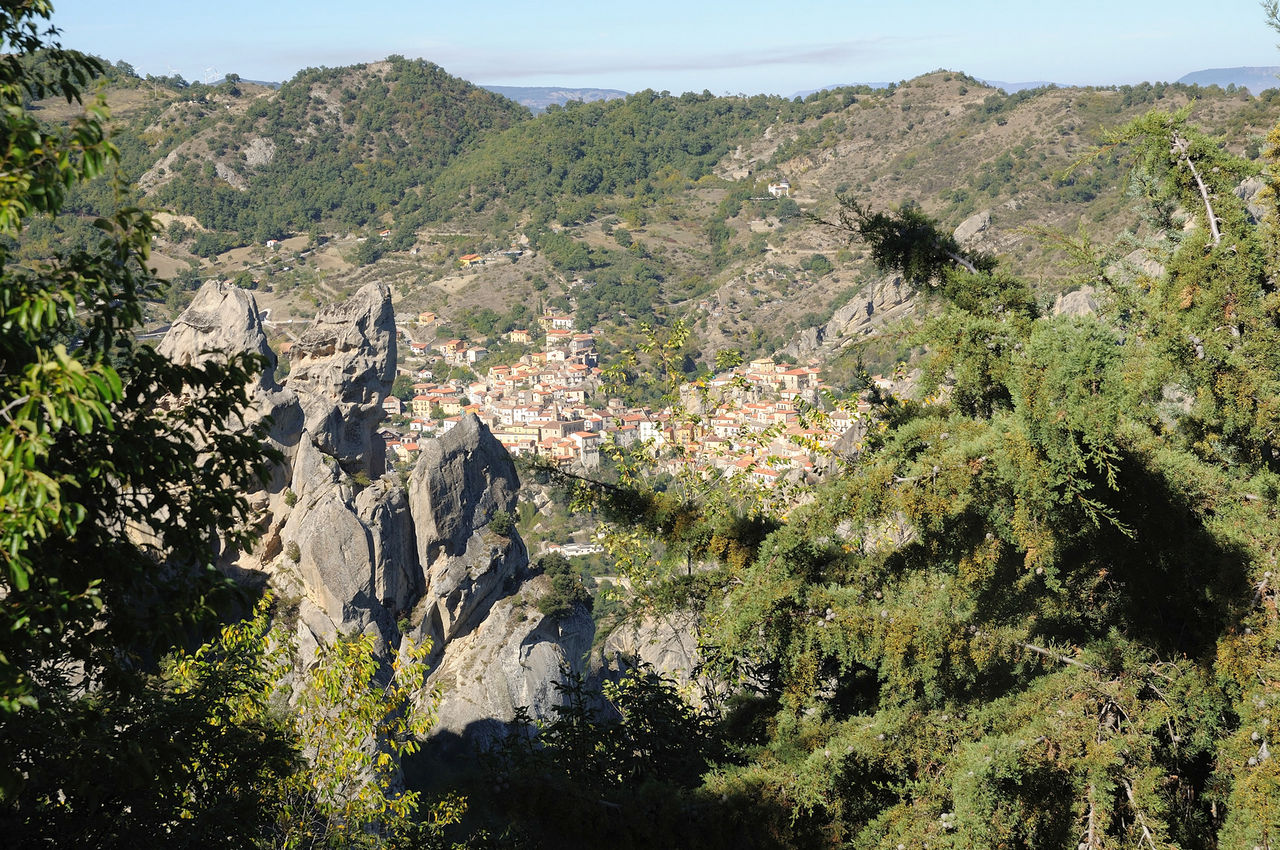
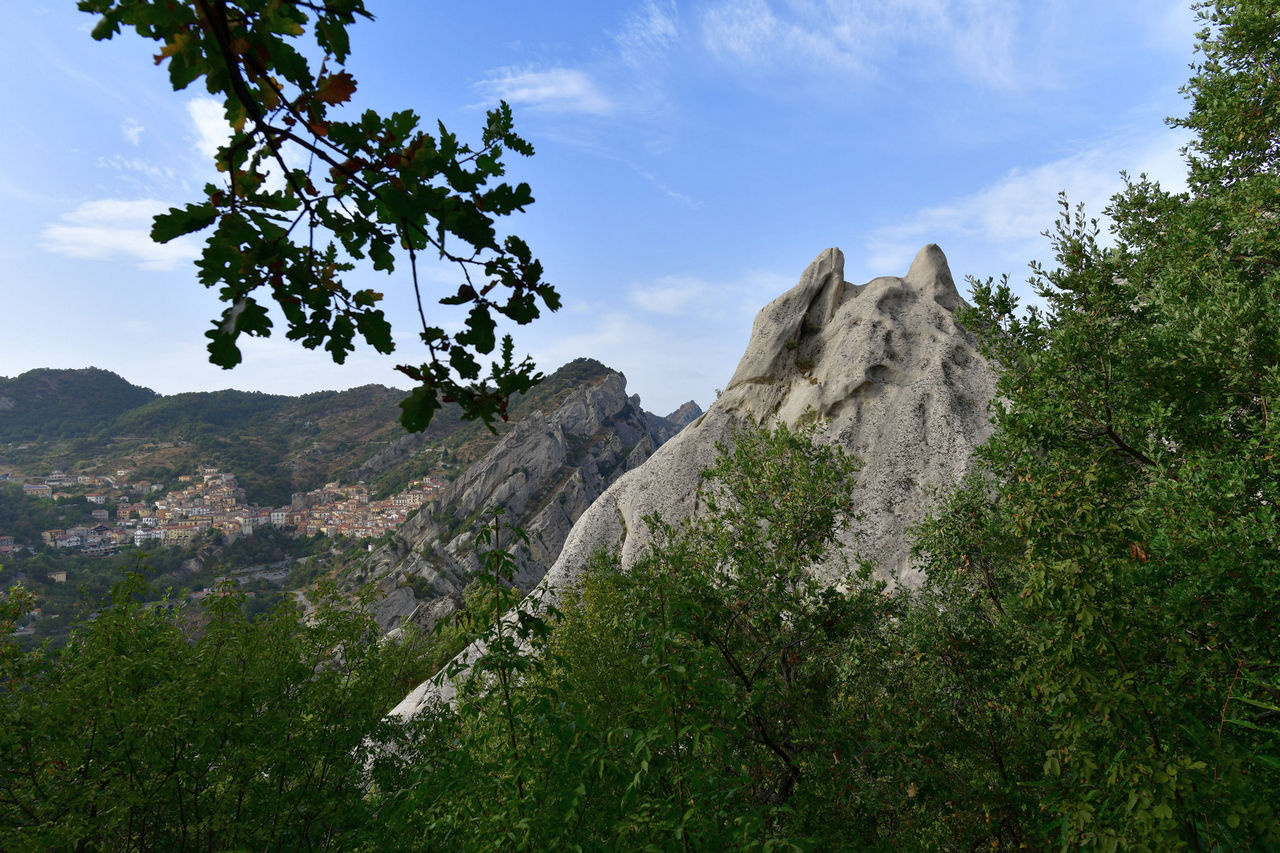
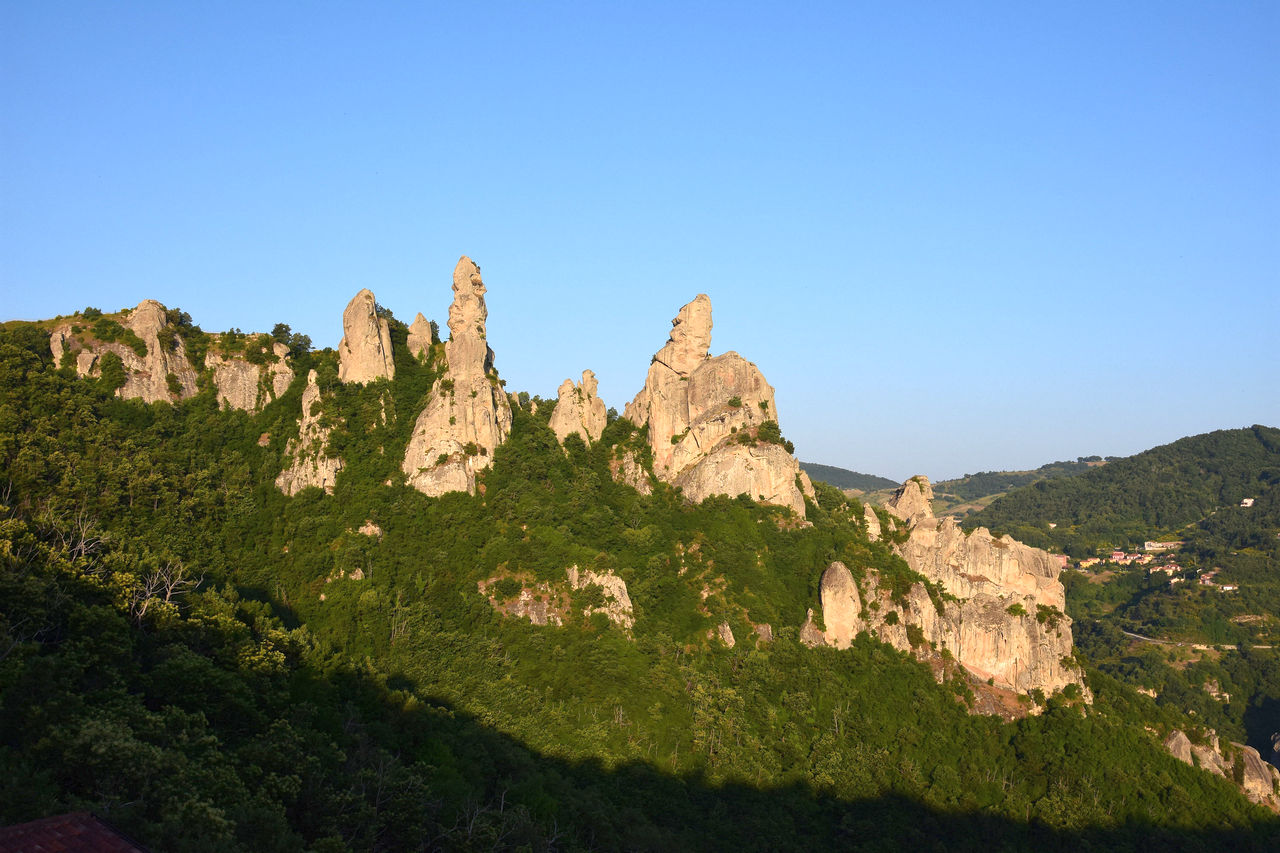
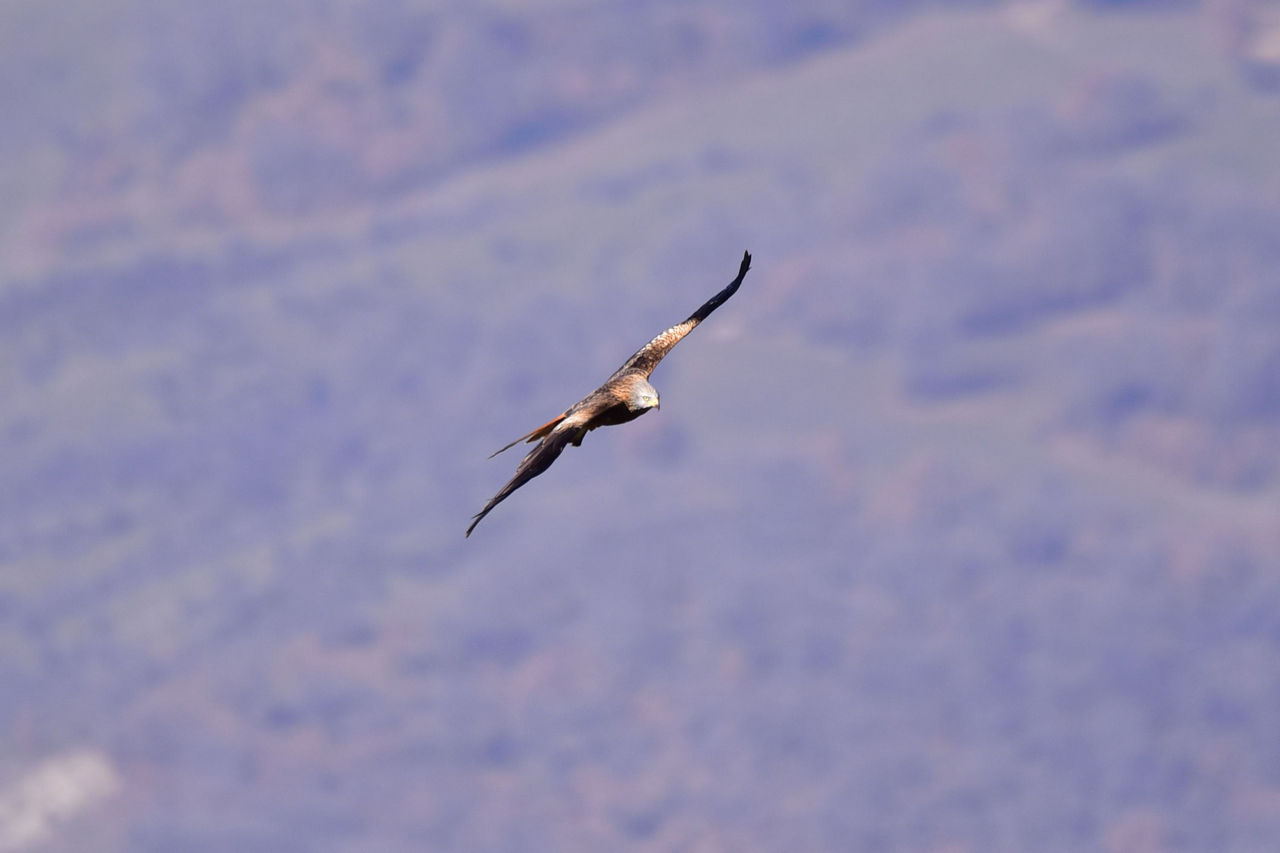

 Sito Italiano
Sito Italiano